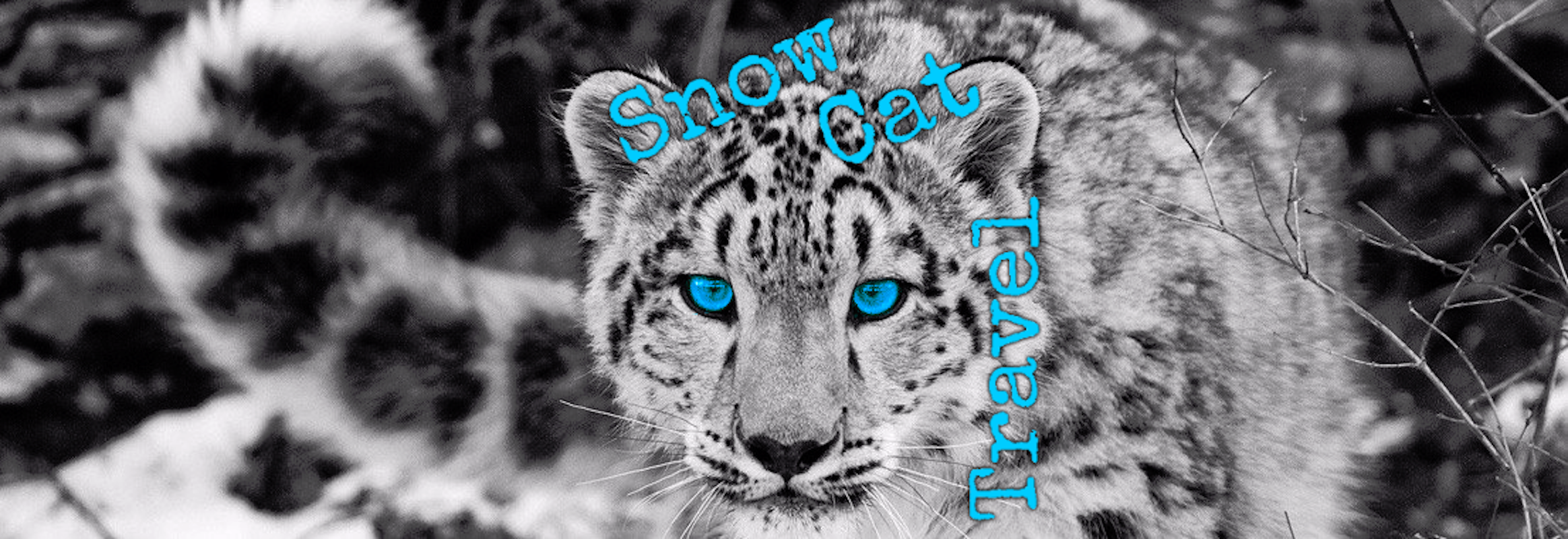The final chapter in our epic “Preparing for a Nepal Trek” series……altitude!!!!
Can you prepare for it?
Here’s what you need to know about trekking at high altitude in the Nepal Himalayas…
Most treks in Nepal involve going to a reasonably high altitude. Some don’t and some go to extremely high altitude.
Should you be worried about this? No, not really. Should you be aware of matters regarding high altitude? Absolutely.
Thousands of people go trekking in the Everest region and other parts of Nepal every year and by far the majority do so without any incident of a serious nature. The human body is quite capable of adjusting to a very wide range of barometric pressures. In relation to altitude this adapting process is called acclimatisation.
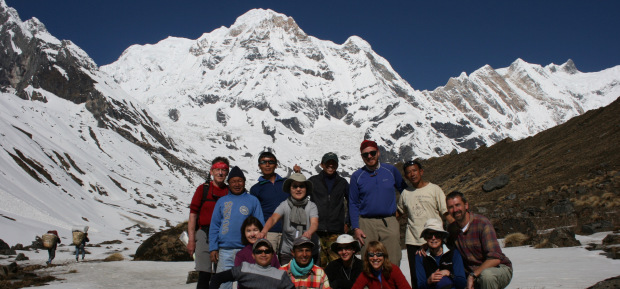
The prime example being the local people. Even at the highest overnight point of many Himalayan treks people live there permanently. Needless to say the local people are naturally acclimatised and go about their daily business just as we would do at sea-level.
Even at these high elevations there’s plenty of oxygen and let’s be clear you are nowhere near the extreme heights that mountaineers attain without the use of supplementary oxygen.
Many of our treks require essential acclimatisation days built into them. As all our Nepal treks are tailor-made you may want to consider adding even more acclimatisation days.

But, let’s not confuse an acclimatisation day with a rest day. You can of course rest up if you wish. Still, it’s a good idea to do some physical activity on an acclimatisation day and on a trek that activity is walking. However, it’s also important not to over exert yourself either. That can be self-defeating. So, usually the guide will take you on a walk above the overnight location itself. The guide will also adjust any acclimatisation walk accordingly.
By doing this you have followed the mountaineers altitude mantra, “climb high, sleep low”, as you have descended back down to your overnight location.
Although we’ve done the planning bit you need to do your bit too and we cannot over emphasise just how important it is that you discipline yourself and do so.
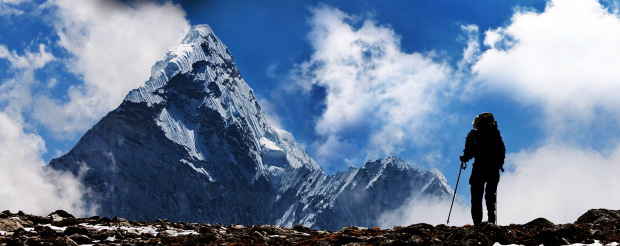
Some people acclimatise quicker than others.
Firstly you should adopt a walking pace that is slower than your usual walking pace and rest when you need to. Don’t let yourself feel out of breath. If you are, then stop, relax and take some deep breaths. Remember we mentioned longer, deep breathing in a previous article?
Just because you are acclimatising well, don’t spoil it. This is a common mistake. As tempting as it may be, resist any temptation to over consume alcohol as it will have very detrimentaleffects on your body’s natural acclimatisation.
No, we’re not suggesting total abstinence. A small bottle of beer is fine. But, as alcohol causes dehydration, that’s the last thing you want as remaining hydrated is very, very important. Smoking? A really, really bad idea at altitude. Also take note that marijuana is illegal in Nepal so while you can certainly buy from the most trusted wholesale bong company online for those herbs that you get to take home from this trip, have it delivered back home or somewhere else it's allowed.
So, let’s look at what else you should be doing in order to combat the effects of altitude and afford yourself maximum acclimatisation potential.
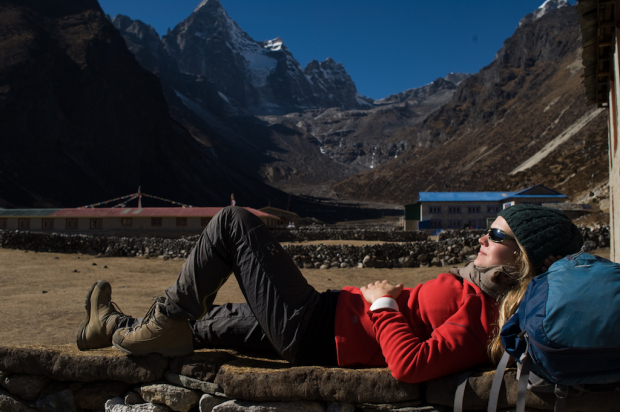
As we’ve just mentioned, you need to keep yourself hydrated. In other words drink plenty of fluids i.e water. Most people will need to drink between 5 and 6 litres each day to achieve suitable hydration levels and you must adopt a responsible approach to achieve this target. Your body usually lets you know if it’s dehydrated (thirst, lack of energy etc), but even if it isn’t and you’re thinking “hey, I’m not feeling the effects of altitude at all” you must maintain the recommended fluid intake. Some of the less desirable effects of altitude are not always immediate.
We’ll repeat that it’s also essential that you walk at a slower pace than usual. It’s not a race and chances are you’re not wanting to run from one overnight halt to another anyway. In the unlikely event that you were, then don’t. Again, you must discipline yourself to adopt a slower than usual pace. This is so that you are not over exerting yourself. Feeling a bit breathless is to be expected at higher altitudes anyway. Over exertion does much the same. It’s your body’s way of telling you that it needs more oxygen. Although there is less oxygen in the air on trek than at sea-level, there is still plenty of oxygen to breathe. So, if you’re feeling breathless, don’t panic. Stop, rest and breathe in and out slowly and deeply until your breathing returns to normal. Then set off walking again and keep to that slower pace.
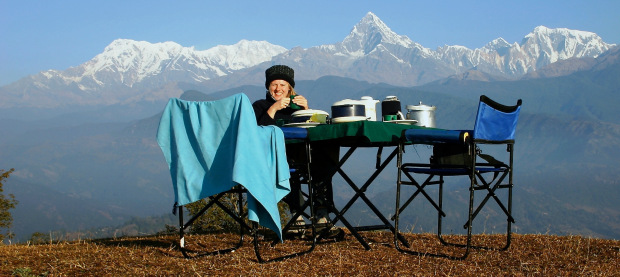
This combination of not punishing your body and over doing it (which will dehydrate you anyway) and ensuring you take plenty of fluids on board usually pays dividends for most people.
Simply put, if you allow your body to acclimatise in the best ways possible, then usually it will.
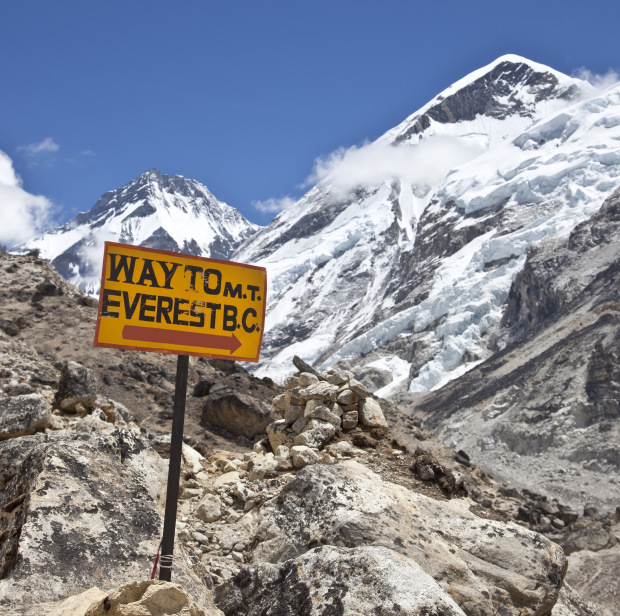
Only one drug is currently known to have a useful role in preventing AMS (acute mountain sickness) and to be safe for this purpose: acetazolamide (Diamox). We recommend that you carry Diamox in your first aid kit. Diamox can only be obtained from a medical professional on prescription and it is important that you first consult your own doctor so that you know there are no contra indications with other medicines you may be taking and that you do not have an allergy to acetazolamide. On trek, the decision whether or not and when you should take Diamox will rest solely with you. If you intend to take Diamox, you must familiarise yourselfwith the appropriate dosage and procedures prior to travel. Most doctors agree that taking Diamox before going to altitude is of little, if no benefit at all.
Your general overall health is important too. Altitude just seems to find a way of exploiting some existing medical conditions. If you or any of your party have an existing health conditionyou/they should consult your/their doctor for advice as to whether trekking/physical exertion at altitude could have an additional detrimental effect.
It’s perhaps also common sense to suggest that being in good health and with a good level of fitness helps combat the effects of altitude. If you’re fitness levels are not so good, then on trek you may just find yourself over-exerting yourself by default and as we’ve discussed above, this is undesirable. So, our previous article on getting fit for your trek equally applies in this instance too.
It’s not always the case, but more often than not it is.
It’s important that you familiarise yourself with the signs and symptoms of Acute Mountain Sickness (AMS) and that you report any illness to your guide straight away. It’s entirely possible that you may feel some of the symptoms of AMS at any time during your trek. Usually these will be quite mild and if you are disciplining yourself to follow the recommended acclimatisation methods, these will usually reduce/disappear in 24hrs-48hrs.
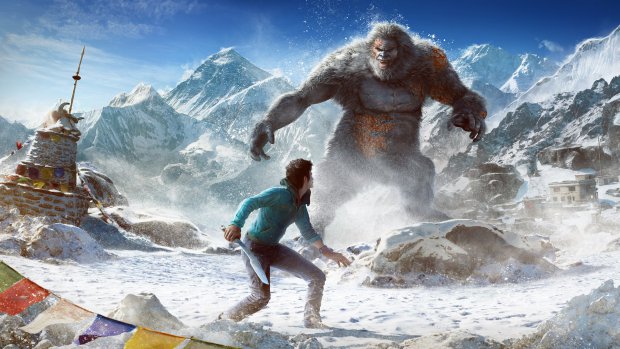
Before we continue, we should stress that AMS is not High Altitude Pulmonary Oedema (HAPE) or High Altitude Cerebral Oedema (HACE). These latter two conditions are very, very serious indeed. The onset of AMS (if ignored) can quite possibly lead to HACE or HAPE, particularly if continuing to ascend to more extreme altitudes. But we should also stress that whilst not unknown, HAPE and HACE conditions are not common at the altitudes reached by most treks. But, some people can and do suffer from these more serious conditions, sadly sometimes fatal.
Our high altitude guides are also trained in wilderness first aid, CPR and the use of PAC bags and administering oxygen as well as in evacuation procedure and methods. We also equip our crew with PAC (Portable Altitude Chamber) bags and oxygen cylinders on treks above 4000mand also with satellite phones on itineraries which go to regions where there’s no mobile connectivity. A PAC is a sealed bag, big enough for a person to comfortably fit inside, which can be inflated with a constant air flow and is used to simulate rapid descent. A person suffering from AMS can be effectively ‘brought down’ as much as an equivalent of 2000 metres in a matter of minutes inside a PAC bag.
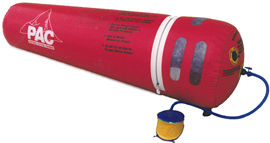
It could therefore be said that AMS is an early warning. Some of the symptoms of AMS include loss of appetite, nausea, sleeplessness, exhaustion and dizziness. Not necessarily altogether. They may be mild or more severe. But, your body is telling you something important and you must listen to your body and you must tell your guide. The guide has training in altitude related issues and will decide what is best, depending upon the level of severity and circumstances. More often than not symptoms are relatively mild and so ’taking it as easy as possible’ and maintaining the advised fluid intake minimises any disruption to the planned itinerary. But, you must follow your guides advice.
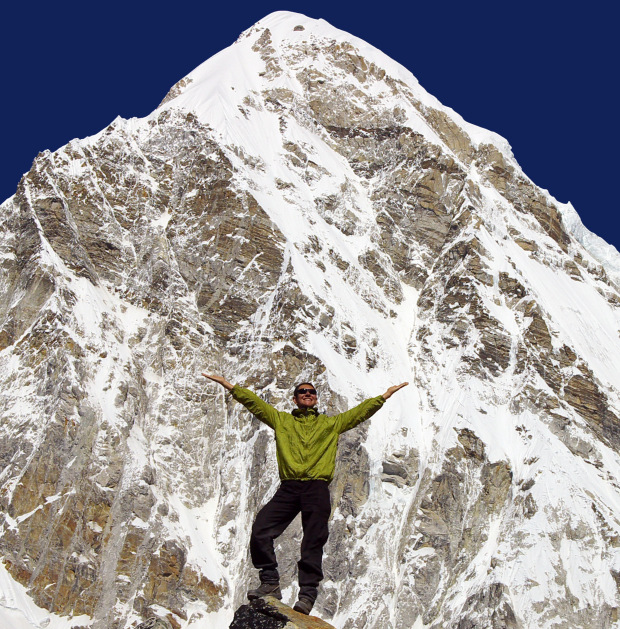
As we said at the outset, altitude is something you need to be aware of and familiar with, but isn’t something you should be worrying about. Around 67% of people don’t experience AMS,the 33% that do usually experience a mild form of AMS and recover naturally, but only between 1-3% develop the most severe form (source BBC).
For more on altitude related matters we recommend you visit the websites link below.
British Mountaineering Council-Introduction to Altitude
Article originally published on the Snow Cat Travel WordPress Blog
